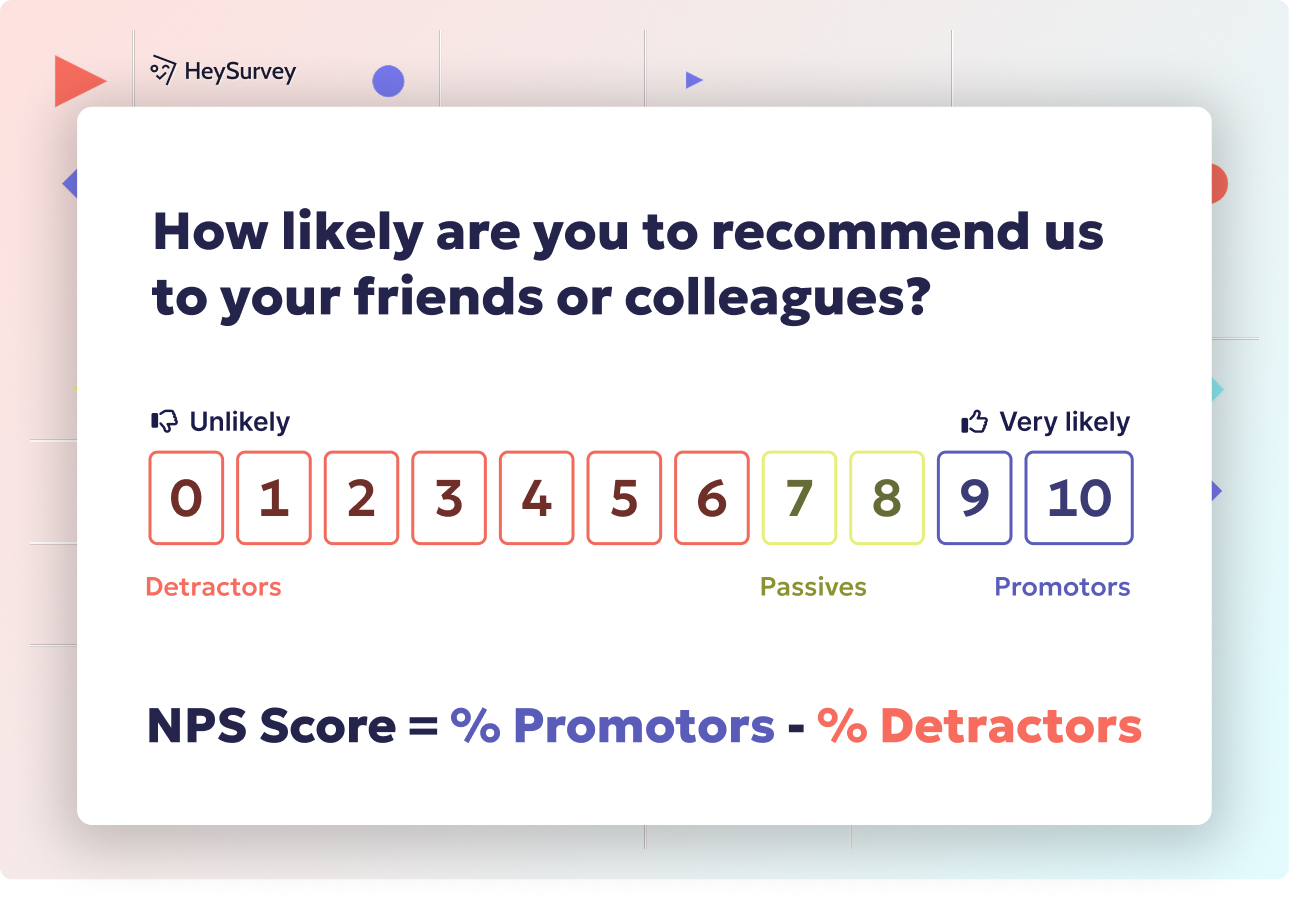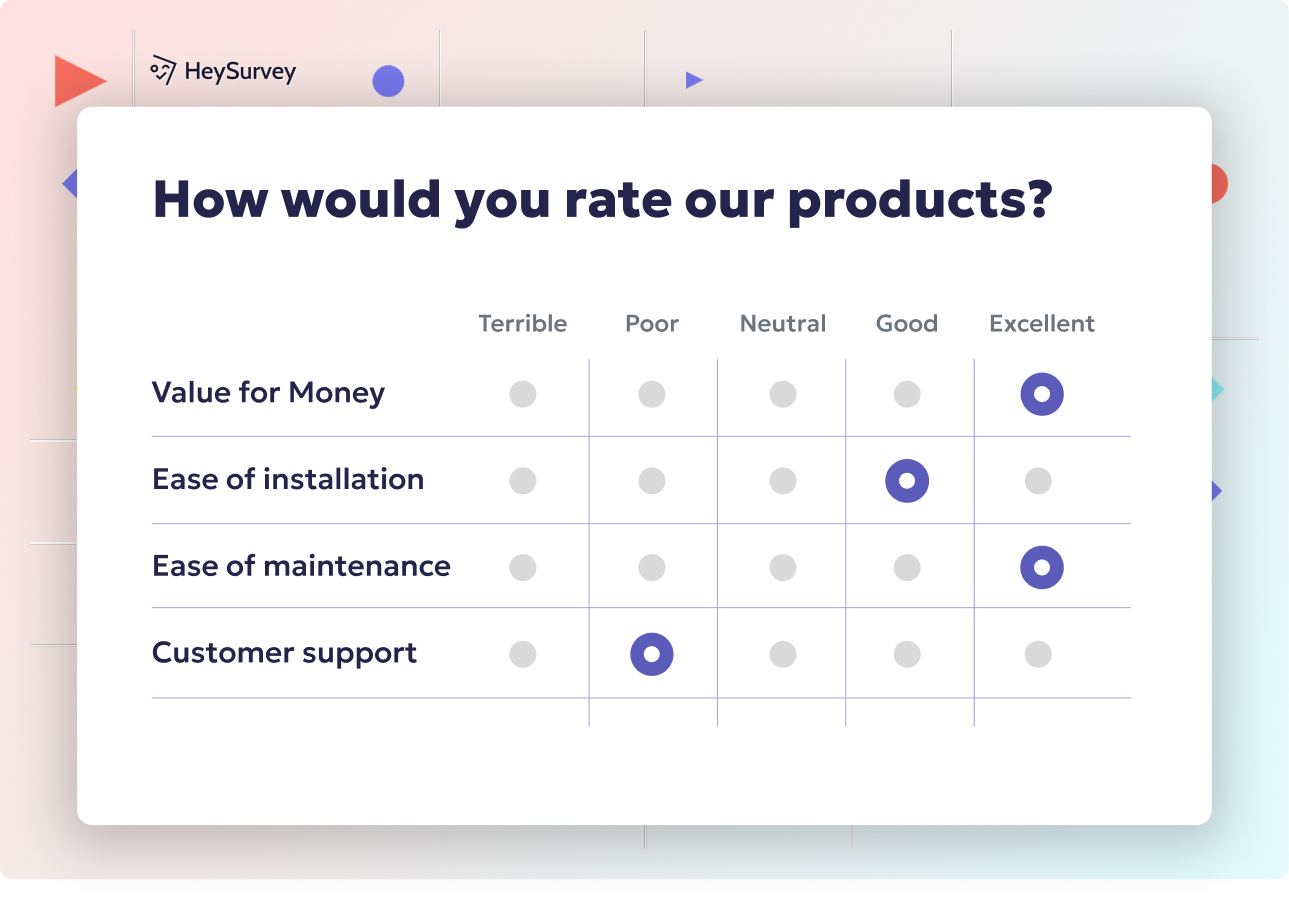33 Performance Survey Questions: The Complete Feedback Guide
Discover 28 expert-tested performance survey questions with practical examples to boost employee reviews, feedback, and workplace productivity.
Performance surveys are not just forms – they’re powerful tools that transform how you measure employee performance, unlock growth, and improve workplace productivity. By asking the right performance survey questions at the right moments, organizations uncover hidden strengths, gaps, and untapped potential. Let’s navigate the ultimate feedback journey and discover how a smart feedback survey template can fuel success across teams, departments, and even careers.
Introduction: Why & When Performance Survey Questions Make a Difference
Performance survey questions are purpose-built to evaluate workplace impact, skills, and outcomes—unlike satisfaction, engagement, or quick pulse surveys, which focus on feelings or culture snapshots. These surveys dig into the “how” and “what” of results, making them invaluable for evidence-based management.
What truly sets performance survey questions apart is their role in ongoing performance management. They contribute to continuous improvement by creating objective metrics that tie day-to-day actions with broader company goals or OKRs (Objectives and Key Results). When everyone knows what matters, it’s a win-win.
Some scenarios where these questions shine: - Annual performance reviews: Formal checkpoints for growth. - Project debriefs: Zooming in on what worked (and what didn’t). - Learning impact analysis: Checking the ROI on training investments.
With so many options, let’s break down the types—and share sample questions for every occasion, making it easy to improve workplace productivity at every turn.
High-quality feedback significantly enhances employee productivity compared to low-quality or no feedback. (sciencedirect.com)
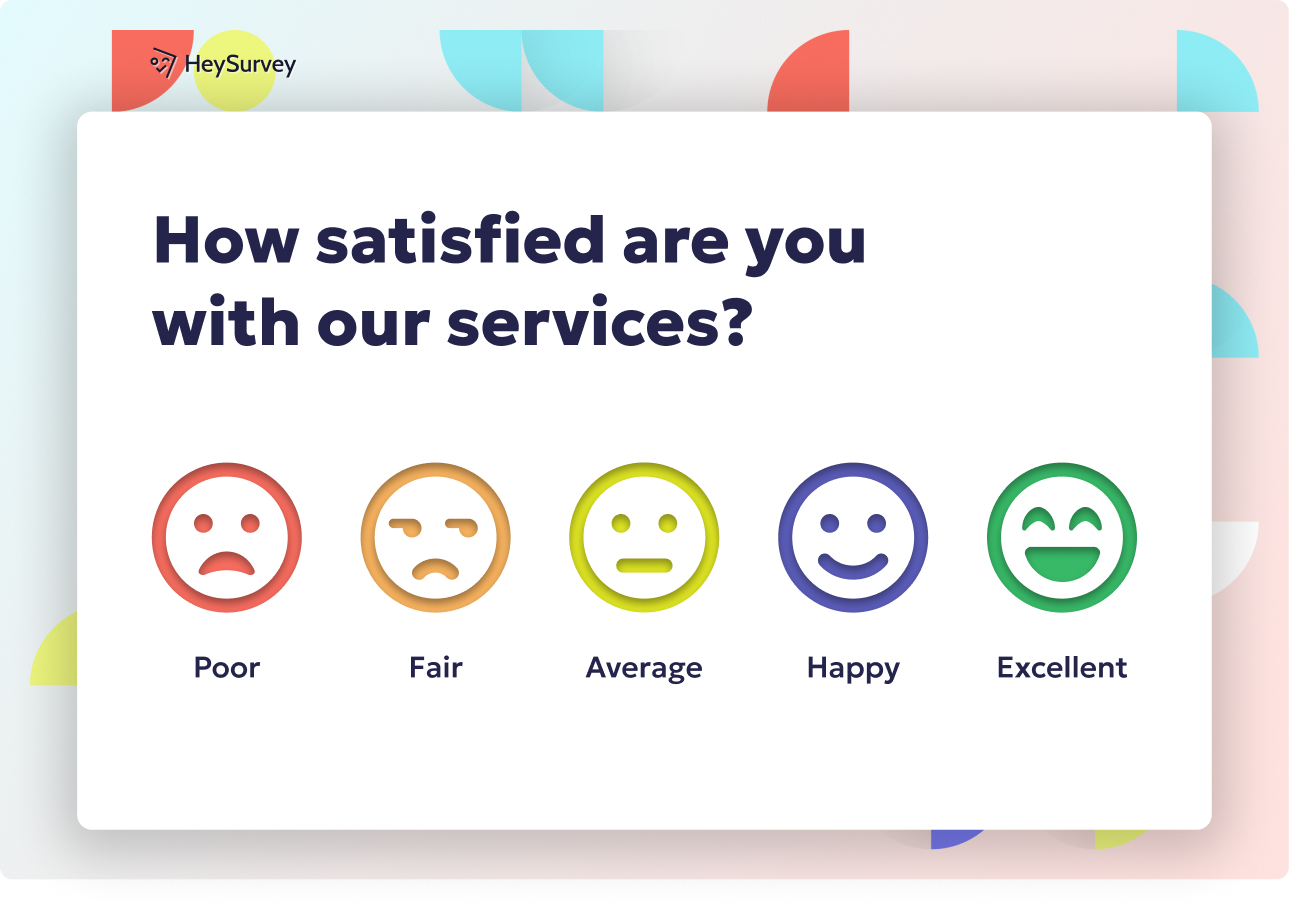
Creating your perfect performance survey with HeySurvey is as easy as 1-2-3. Follow these simple steps to build, customize, and share professional feedback forms in no time—even if you’re brand new to this!
Step 1: Create a New Survey
- Start by logging into HeySurvey (or jump right in without an account to try it out).
- Click “Create New Survey” and choose a method: start from an empty sheet, pick a handy feedback survey template, or enter your questions via text input.
- Give your survey a clear internal name so you can find it later, like “Quarterly Manager Feedback April 2024.”
Step 2: Add Your Questions
- Use the Add Question button to insert your performance survey questions. You can mix question types like scale ratings, multiple choice, or open-text responses to capture rich feedback.
- Customize each question’s wording, add descriptions if needed, and mark critical questions as required so no one skips them by accident.
- Don’t forget that HeySurvey lets you add images, reorder questions, duplicate items, or attach “Other” answer options. Branching logic can guide respondents through tailored paths based on their answers—perfect for nuanced performance evaluations!
Step 3: Publish Your Survey
- When you’re happy with your masterpiece, hit the Preview button to see exactly what your respondents will experience.
- Tweak design elements in the Designer Sidebar if you want to add your brand’s colors or fonts—for that extra polish.
- Finally, click Publish to generate a shareable link or an embed code for your website. Keep in mind you’ll need a HeySurvey account to publish and view results.
Bonus Step: Apply Branding
- Upload your company logo to the top-left corner for a professional touch.
- Customize colors, fonts, background images, and animations through the Designer Sidebar to make your survey uniquely yours.
Bonus Step: Define Survey Settings
- Set start and end dates for when your survey is active.
- Limit how many responses you collect, or set a custom redirect URL for what happens after survey completion.
- Optionally, allow respondents to view aggregated results if appropriate.
Bonus Step: Skip Into Branches
- Use HeySurvey’s branching feature to show or hide questions based on previous answers.
- Create multiple endings tailored to different feedback types—this keeps surveys engaging and relevant.
Ready to get started? Open our feedback survey template below and see just how effortlessly you can build actionable performance surveys with HeySurvey!
Employee Self-Assessment Performance Surveys
Why & When to Use This Survey Type
Employee self-assessment surveys truly empower your people. When employees are asked to reflect on their own work, something magical happens: self-reflection flourishes, and the desire to improve takes center stage. These surveys are perfect before formal review cycles or even ahead of regular one-on-one check-ins.
Encouraging employees to think about their recent wins, challenges, and growth areas helps them set meaningful goals for the next quarter. This isn’t just about patting themselves on the back—it’s about goal setting and being honest about their journey. Self-assessments also surface blind spots, sharpening each person’s sense of ownership over their career development.
Want your team to feel more engaged, invested, and ready to level up? Here’s when to use these surveys: - As a pre-work before annual or semiannual reviews. - Before setting or updating individual development plans. - To encourage ongoing career development discussions during mentorship meetings.
5 Sample Employee Self-Assessment Questions
Which recent accomplishment best demonstrates your impact on team goals?
On a scale of 1–10, how effectively did you prioritize tasks this quarter?
What skill would you most like to develop over the next six months?
Describe a challenge you faced and how you overcame it.
How can your manager better support your performance next quarter?
By making space for honest self-reflection and personal goal setting, these questions spark continuous improvement across the organization.
Organizations that integrate self-assessments into performance reviews report a 30% increase in employee engagement and satisfaction. (psicosmart.pro)
Manager-to-Employee Performance Feedback Surveys
Why & When to Use This Survey Type
Managers wear many hats—coach, motivator, and sometimes referee. A robust manager-to-employee performance feedback survey brings performance appraisal questions into focus, providing clarity for both parties. Unlike in-person feedback, a survey lets managers gather concrete data, look for trends, and record both objective and behavioral metrics for every team member.
It’s a game changer to supplement face-to-face discussions with survey results that capture what might get missed otherwise. Use these feedback surveys quarterly or after a major project to inform the next steps and highlight wins. A well-structured manager evaluation form reinforces fairness and clarity across the board.
Detailed and repeated surveys make it easier to: - Identify areas for recognition or improvement. - Document patterns over time for HR analytics. - Uncover development opportunities that align with company objectives.
5 Sample Manager Feedback Questions
Rate the employee’s ability to meet deadlines (1–5).
Which core competency has shown the most improvement?
How effectively does the employee collaborate across departments?
What measurable results did the employee achieve this period?
What specific actions will accelerate their growth?
Pairing these performance appraisal questions with in-person reviews helps ensure that feedback isn’t just a box to check, but a meaningful path to growth.
360-Degree Feedback Performance Surveys
Why & When to Use This Survey Type
Sometimes you need more than just one perspective; enter the mighty 360-degree feedback performance survey. This approach collects feedback from everyone: supervisors, peers, and even direct reports. If you want to see the full picture of someone’s impact, multirater feedback is a must-have.
This format is particularly helpful for leadership development and, yes, for those succession planning moments when you need to pick tomorrow’s stars. With broad input, you reveal both strengths and unknown blind spots. It’s ideal for building and measuring robust leadership competencies. The more diverse your feedback sources, the clearer your understanding of an individual’s workplace influence.
Deploy a 360-degree survey for: - Annual leadership reviews or executive coaching programs. - Development programs for high-potential employees. - Preparing employees for transitions into management roles.
5 Sample 360-Degree Questions
How well does the employee communicate expectations to the team?
Give an example of how they demonstrate company values.
Rate their openness to receiving feedback (1–5).
Describe one behavior that, if changed, would boost their effectiveness.
How consistently do they mentor or coach others?
Used wisely, multirater feedback builds trust, accountability, and powerful leaders for the future.
A 2018 meta-analysis found that organizations implementing 360-degree feedback experienced a 22% increase in employee productivity. (psicosmart.net)
Peer Review Performance Surveys
Why & When to Use This Survey Type
If you want to harness the wisdom of the crowd, peer review performance surveys are your secret weapon. These surveys capture insights from the people who see each other in action every single day—coworkers! This is feedback that managers only wish they had. Peer reviews shine a light on collaboration and day-to-day teamwork, which is crucial for flat organizations and cross-functional teams.
Often, it’s the everyday moments—brainstorming sessions, shared deadlines, tough pivots—where coworkers see the real story. Semi-annual peer reviews empower teams, encourage transparency, and drive real conversations about strengths and improvements.
Ideal timing for peer reviews: - Every six months, to keep feedback fresh. - After completion of joint projects or innovation sprints. - As support for annual self-assessments.
5 Sample Peer Review Questions
How reliably does this colleague deliver on shared commitments?
Rate their contribution to team problem-solving sessions.
What strength of theirs benefits the team most?
How could they improve their interpersonal communication?
Would you choose to work with this person on future projects? Why/why not?
Peer reviews create a clear window into team dynamics, helping everyone improve workplace productivity in very real ways.
Upward Feedback (Employee-to-Manager) Surveys
Why & When to Use This Survey Type
Upward feedback surveys flip the script and let employees rate their leaders. That’s right – managers can be reviewed, too! This process promotes transparent leadership evaluation and builds a culture of psychological safety. If employees know their voice matters, trust and accountability follow.
Use employee-to-manager surveys annually or after big changes like reorganizations or leadership transitions. They’re essential for unlocking honest discussions about what managers are doing right—and where they might need some polish.
Reasons to deploy upward feedback: - Building trust after restructuring or mergers. - Giving a platform for team members to shape leadership behaviors. - Supporting leadership development and continuous improvement.
5 Sample Upward Feedback Questions
How effectively does your manager set clear performance expectations?
Rate your manager’s responsiveness to your ideas or concerns.
What does your manager do that most supports your growth?
Identify one area where your manager could improve.
Do you feel recognized for your contributions by your manager? Explain.
Making these conversations routine encourages better leaders and boosts retention across your organization.
Project/Post-Mortem Performance Surveys
Why & When to Use This Survey Type
What went right? What flopped? Who saved the day at the eleventh hour? Project and post-mortem performance surveys are the backstage passes into what really happened after the dust settles. These are run right after a project wraps up—while memories and lessons learned are still fresh.
By focusing on project deliverables and team dynamics, you zero in on performance factors that can be improved next time. These surveys prevent Groundhog Day mistakes and serve up a menu of innovations for future success. Every team gets sharper with each honest look back.
Best moments to run post-project surveys: - Immediately following project completion, before jumping headlong into the next thing. - For major product launches, cross-departmental projects, or high-stakes initiatives. - To feed insights into knowledge management and best practice sharing.
5 Sample Post-Project Questions
How effectively did the team meet project objectives?
What were the primary obstacles to performance?
Which processes proved most efficient?
How could resource allocation be improved next time?
Rate stakeholder satisfaction with project deliverables (1–5).
Give teams the tools to review—and then actually improve—for a cycle of smarter, faster project execution every time.
Training Effectiveness Performance Surveys
Why & When to Use This Survey Type
Training doesn’t stop once the class ends! Training effectiveness surveys are the best way to measure how learning turns into doing—often called on-the-job application. Tied to Kirkpatrick Level 3 evaluation, these surveys gauge which skills stick and how much they support real-world performance outcomes.
It’s essential to send these surveys 30–60 days after the training wraps. Employees need time to try out new tricks and bump into real challenges. These surveys spotlight both big wins and gaps, letting you adjust future training for even bigger results.
Key moments to assess training impact: - One to two months post-training. - After a new system, software, or process rollout. - Before measuring training ROI or planning the next L&D cycle.
5 Sample Training Performance Questions
How often have you applied the training concepts in your daily work?
Rate the impact of the training on your productivity (1–5).
Which obstacle prevents you from using the new skills more effectively?
Provide an example of a task you now perform better because of the training.
What additional support would help sustain your performance gains?
When training truly drives on-the-job application, everyone wins—employees get better, and the business moves forward.
Best Practices: Dos and Don’ts for Crafting High-Impact Performance Survey Questions
Let’s get down to the nitty-gritty: creating surveys that spark action (not yawns). A performance survey best practices checklist keeps you sharp, concise, and primed for real insights. The right questions unlock results, while the wrong ones can cloud judgment or, worse, collect digital dust.
Do: - Tie every question to a measurable competency or outcome. - Keep language clear, jargon-free, and always relevant. - Mix up question types—use quantitative scales and open-response prompts for rich context. - Keep surveys to a reasonable length, usually no more than 10–12 questions per round. - Time your surveys for maximum recall—right after reviews, project completion, or learning cycles. - Always follow up on survey results with action: share outcomes, set new goals, or adjust processes.
Don’t: - Ask leading or biased questions. - Dump a laundry list of irrelevant items—quality trumps quantity every time! - Ignore the need for genuine anonymity when feedback is sensitive. - Treat surveys as “one and done”—without continuous follow-up, even the best questions fall flat.
In a nutshell, blend clarity, brevity, and continuous performance management. When in doubt, pilot your survey with a small group and get honest feedback before rollout. That’s a surefire way to turn HR analytics into a strategic advantage for everyone.
Let’s revolutionize feedback, one smart survey at a time—your people (and performance metrics) will thank you!
Related Employee Survey Surveys

29 Essential Post Mortem Survey Questions for Project Success
Discover 25+ essential post mortem survey questions to improve projects, boost team morale, and d...
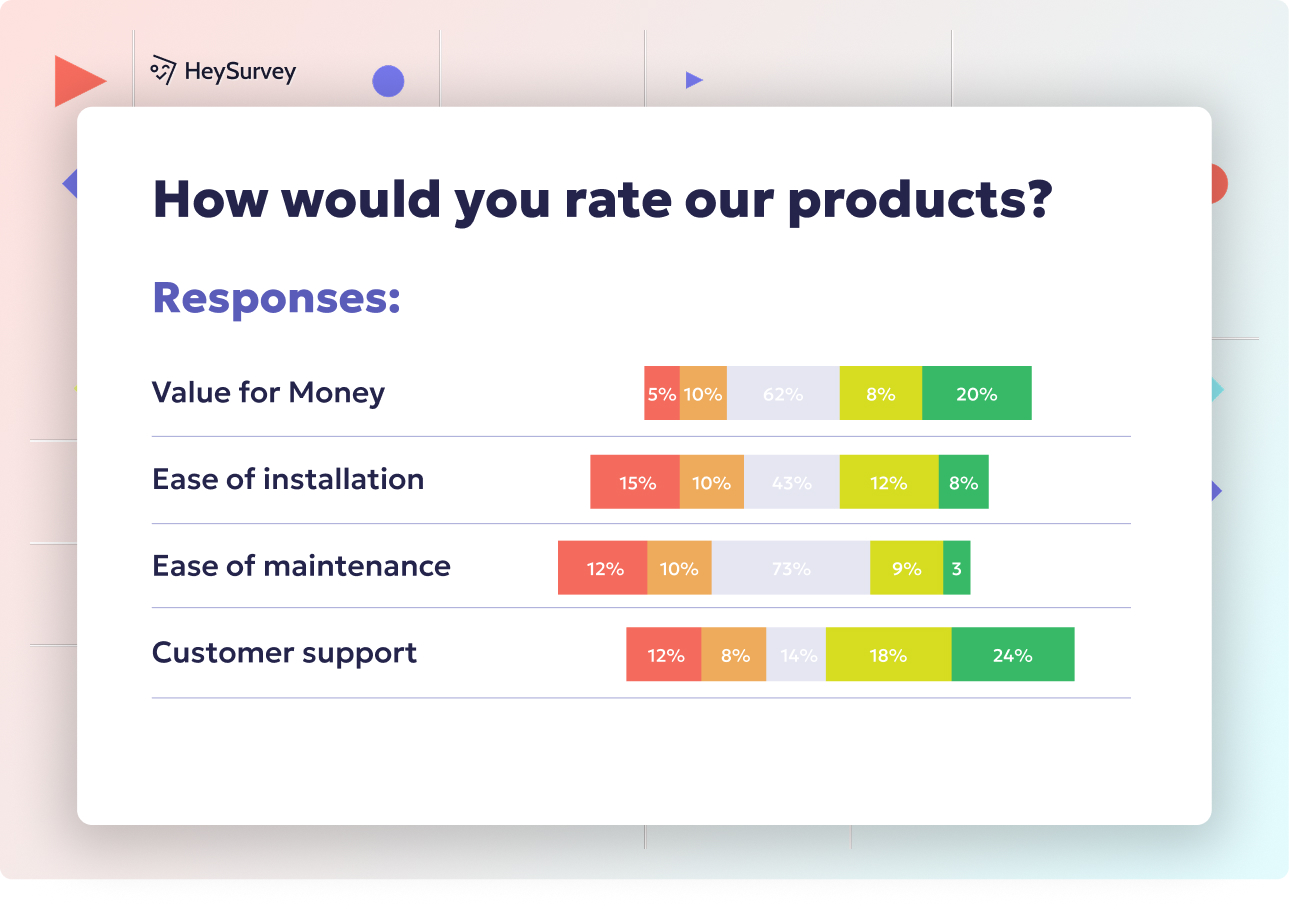
31 Change Readiness Survey Questions to Boost Your Success
Discover 25+ sample change readiness survey questions to assess attitudes, barriers, and confiden...
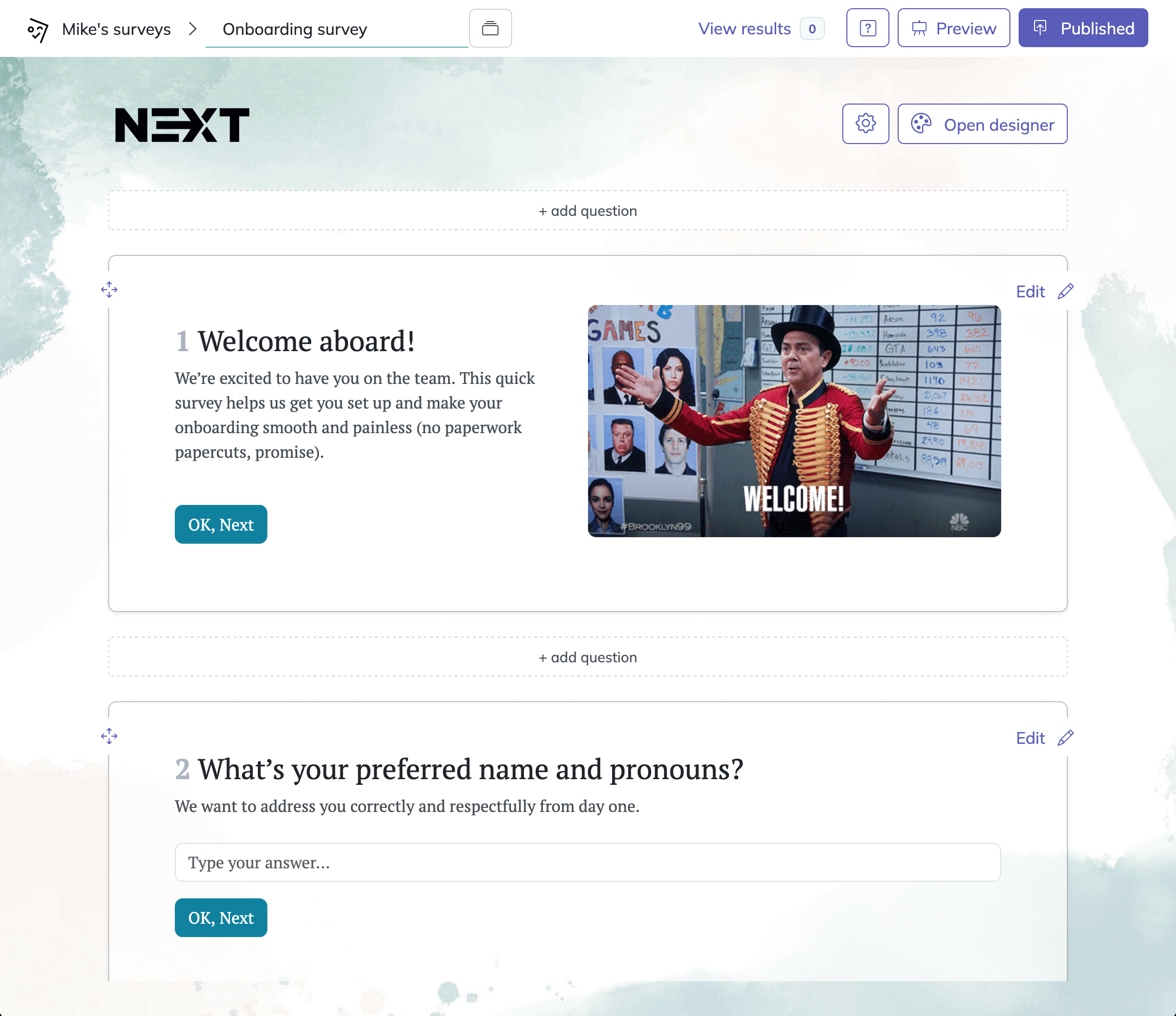
31 Retreat Survey Questions to Collect Actionable Feedback
Discover 26 essential retreat survey questions to gather actionable feedback before, during, and ...
